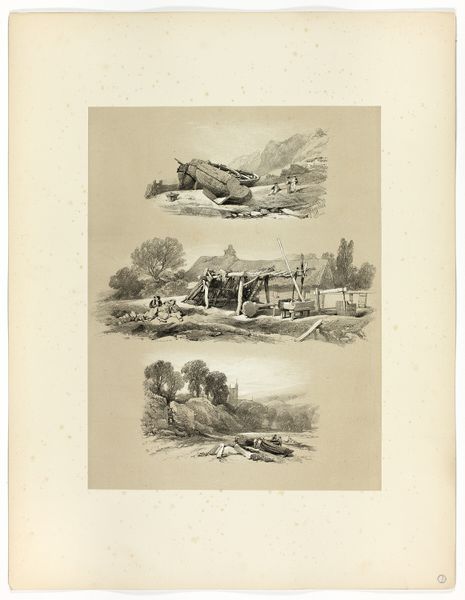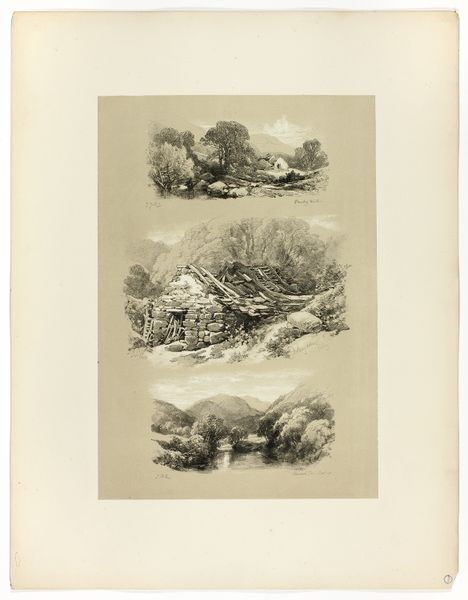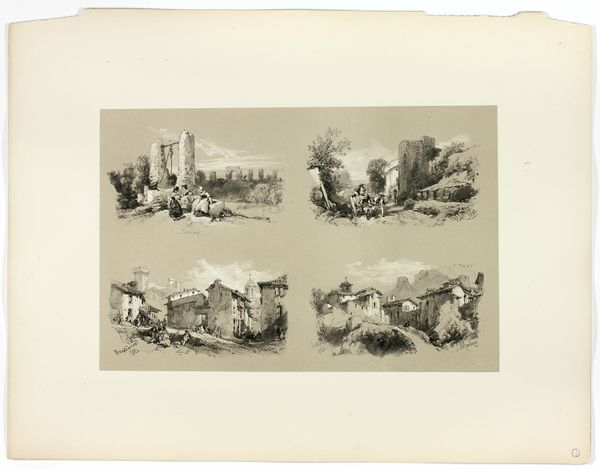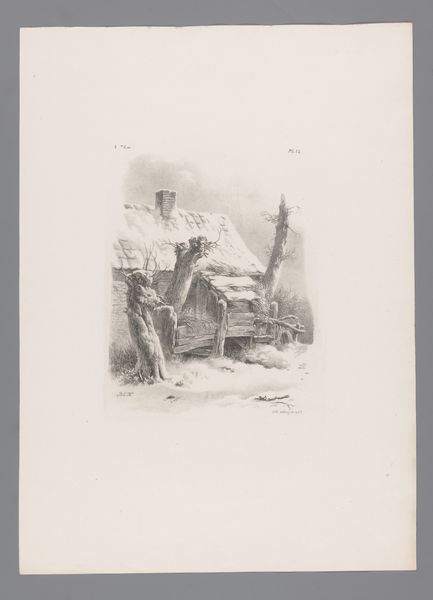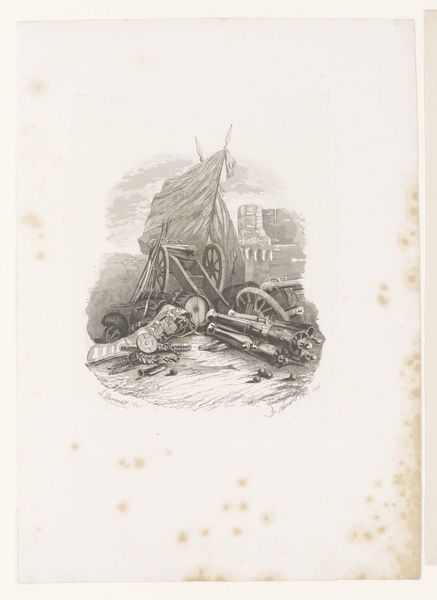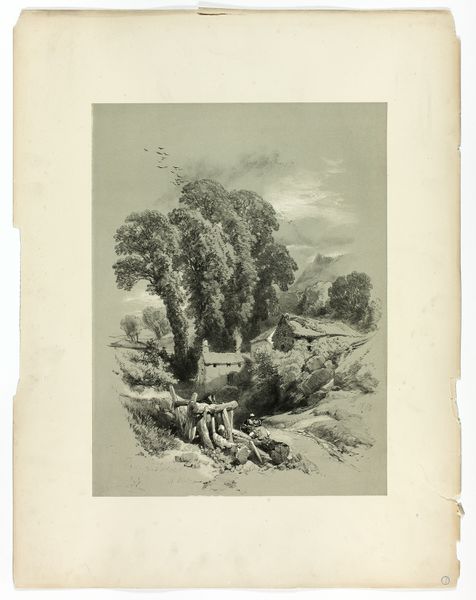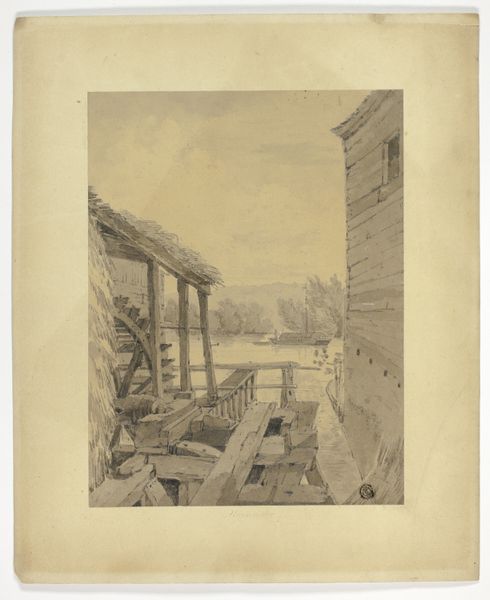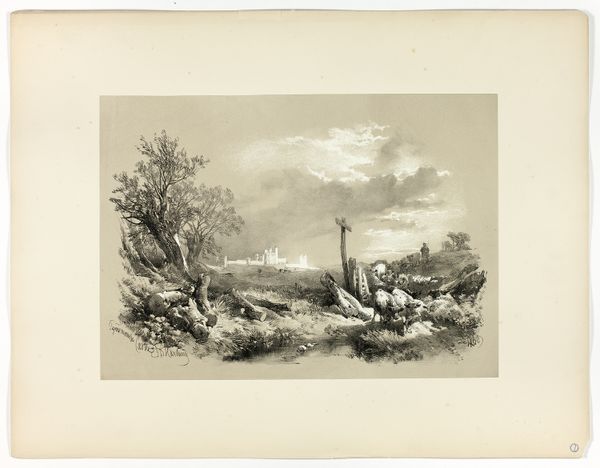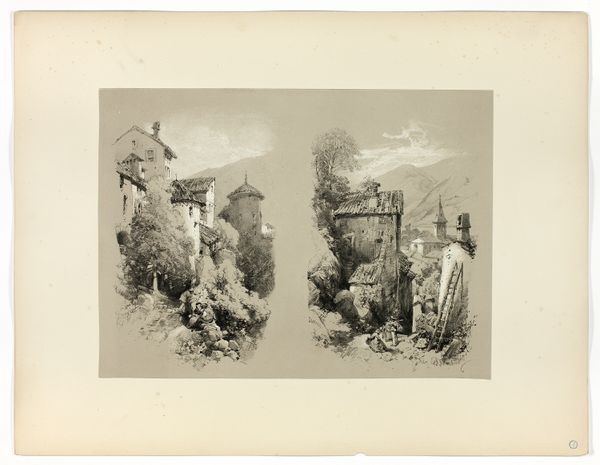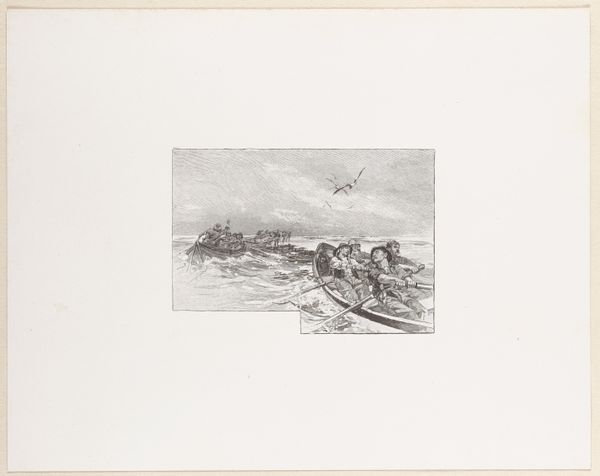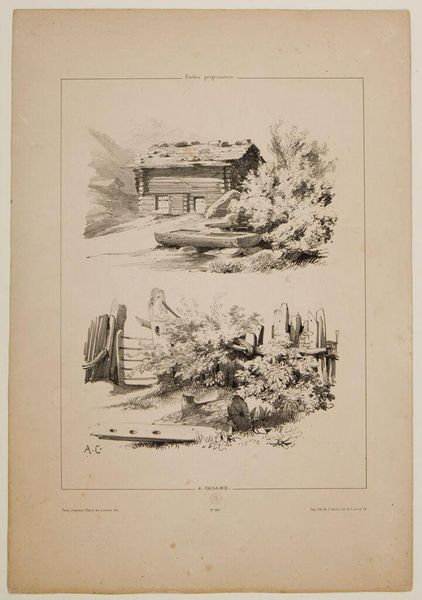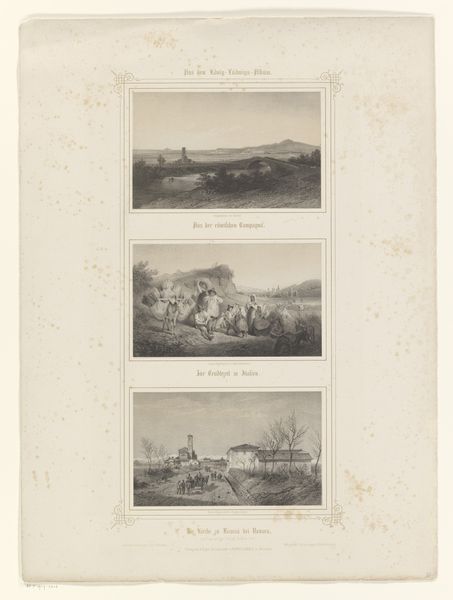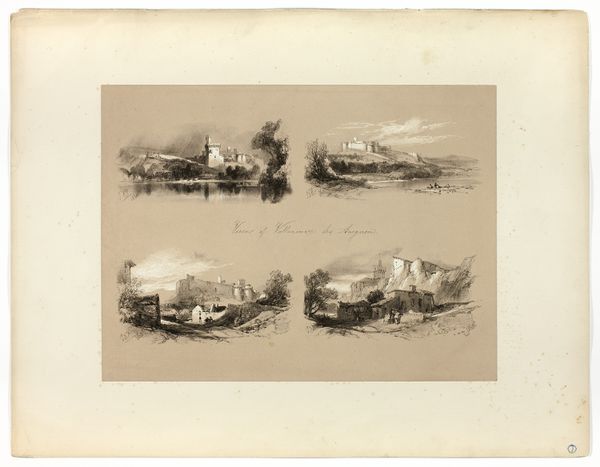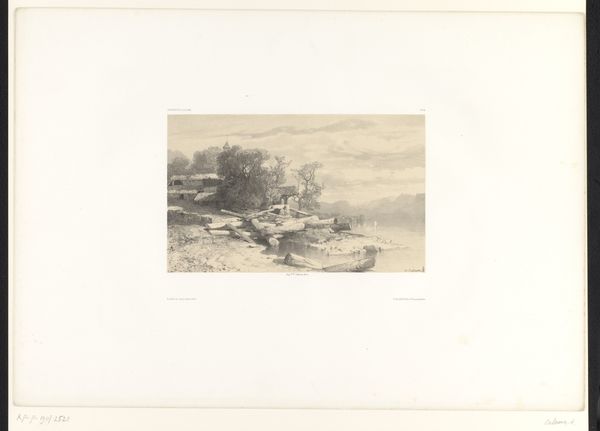
Lake of Uri and Brunnen, from Picturesque Selections 1859
0:00
0:00
drawing, lithograph, print, paper
#
drawing
#
lithograph
# print
#
landscape
#
paper
#
cityscape
#
realism
Dimensions: 381 × 274 mm (image, primary support); 560 × 430 mm (secondary support)
Copyright: Public Domain
Editor: This is James Duffield Harding's "Lake of Uri and Brunnen, from Picturesque Selections," a lithograph from 1859. I’m struck by the multiple vignettes – they create this fragmented sense of place. What is your read on it? Curator: Well, it’s crucial to remember the 19th century's fascination with the picturesque. Think about how industrialization was rapidly changing the landscape. Publications like this, showing idealized scenes of rural life, were incredibly popular. Harding here caters to a public craving for a pre-industrial, romanticized past, doesn’t he? How might these picturesque selections impact the perspective of someone who could never visit the lake? Editor: That makes sense. They're definitely presenting a curated experience, like postcards almost. Do you think there’s a commentary at all in this depiction, or is it pure escapism? Curator: That's a complex question! Consider the political climate: 1859 was a period of significant social change and nascent nationalism in Europe. Perhaps this image also speaks to a longing for stability and traditional values, a sort of visual rhetoric for an imagined community rooted in these pristine landscapes. Do you notice any specific visual elements reinforcing that ideal? Editor: The ruined boats, maybe? They introduce a bit of nostalgia for the past and how labor relates to natural settings. The figures standing peacefully in the first scene could reinforce this idea. Curator: Precisely. The image's power isn't simply about beauty, it's about selling an idea of place and belonging, packaged for mass consumption. Editor: I never really considered it in that light before, fascinating! Curator: These "Picturesque Selections" reveal much about the relationship between art, commerce, and the construction of national identity in the 19th century. A visual language for selling the idea of Switzerland!
Comments
No comments
Be the first to comment and join the conversation on the ultimate creative platform.
